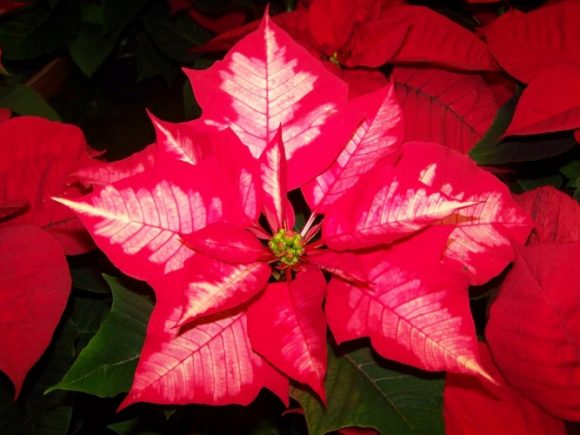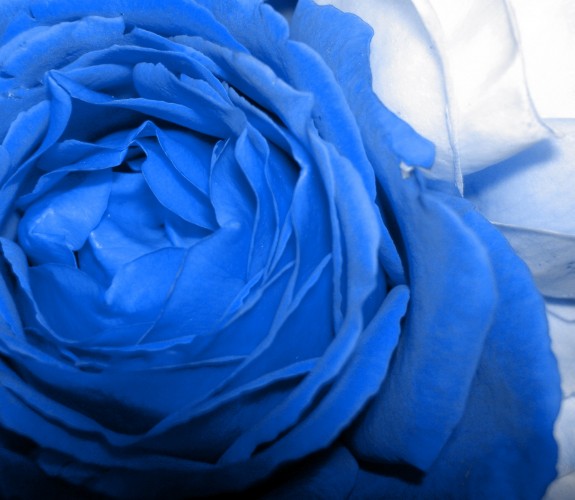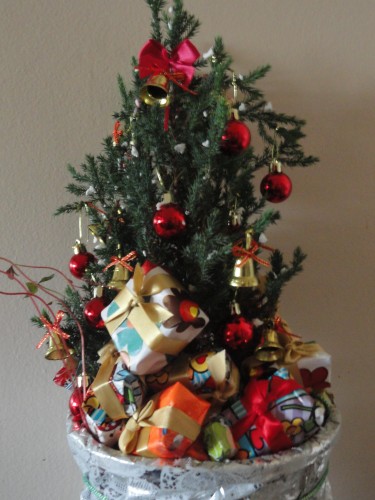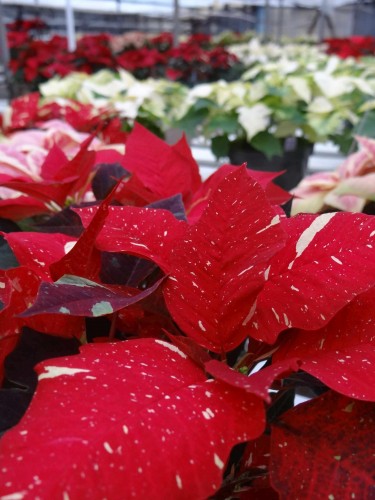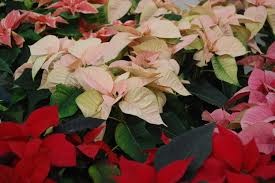Search Results for “”
Spruce Up Your Holiday Home with Poinsettias
The cheerful poinsettia is a classic Christmas decoration that is beloved around the world. The poinsettia has been associated with Christmas since the 1600s. The plants are indigenous to dry forests in Central America, where legends have long told of a young girl bringing the crimson blooms to a church as a gift for the baby Jesus. Continue reading [...]
Flowers for Hanukkah
Do you decorate your home with flowers for Hanukkah? Do you know someone who does? If so, you may want to turn to the following beautiful blue and white blooms to bring the spirit of Hanukkah into your living space this holiday season. Continue reading [...]
Flowers to Give Service Providers for the Holidays
Do you usually give the people who provide you with services during the year a gift for the holidays? Many people do. They like to offer a token of holiday cheer to their mail carrier, manicurist, banker, bellman, or other person who often goes out of their way to make their lives better. Continue reading [...]
Your 2015 Christmas Flower Guide
Ready to deck your halls for Christmas? We are too, so we put together a list of popular Christmas flowers that we think would make lovely additions to a home of the holidays. Our guide to Christmas flowers includes blooms that would look amazing on a front porch or door, in the center of a holiday dinner table, and even under the Christmas tree as a gift to be given. Continue reading [...]
What to Do With Poinsettias Once They’ve Bloomed
After the last few refrains of Christmas carols fade and the once magnificent tree's dry needles have begun to carpet the floor, thoughts of packing up the decorations and starting off the new year fresh leaves one standing in front of pots of poinsettias and wondering what to do. While they make the perfect potted plants for the holiday season, the typical shelf life of a poinsettia falls far short of fruitcake, making it last about as long as the New Year's resolutions in most US homes. What many people may not realize is that this holiday plant can make an excellent houseplant all year long with not much extra maintenance. Getting them to re-bloom in the coming year is an exciting challenge for anyone up to the task and even creating new ones from the existing plant is easy using the following guide for 2015. Continue reading [...]
December Flowers
Different flowers symbolize different wishes; this article about the meaning of flowers for December describes what message you'll be sending when you give this birth month flower to someone (the delightful narcissus is the birth month flower for December; the alternative is the holly.) Continue reading [...]
